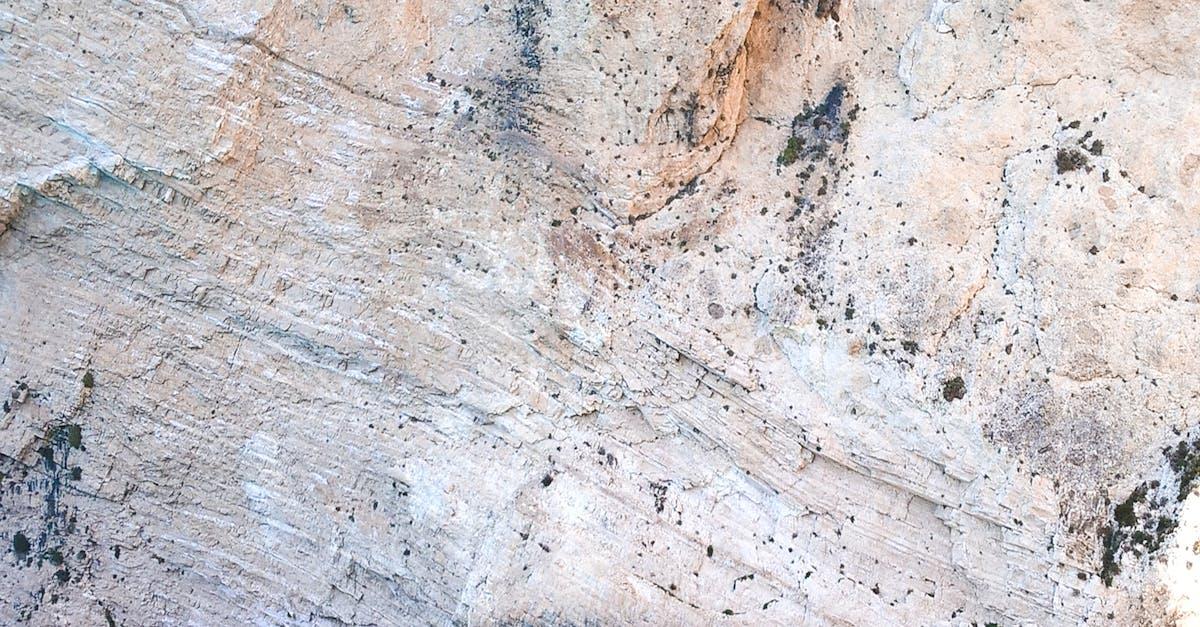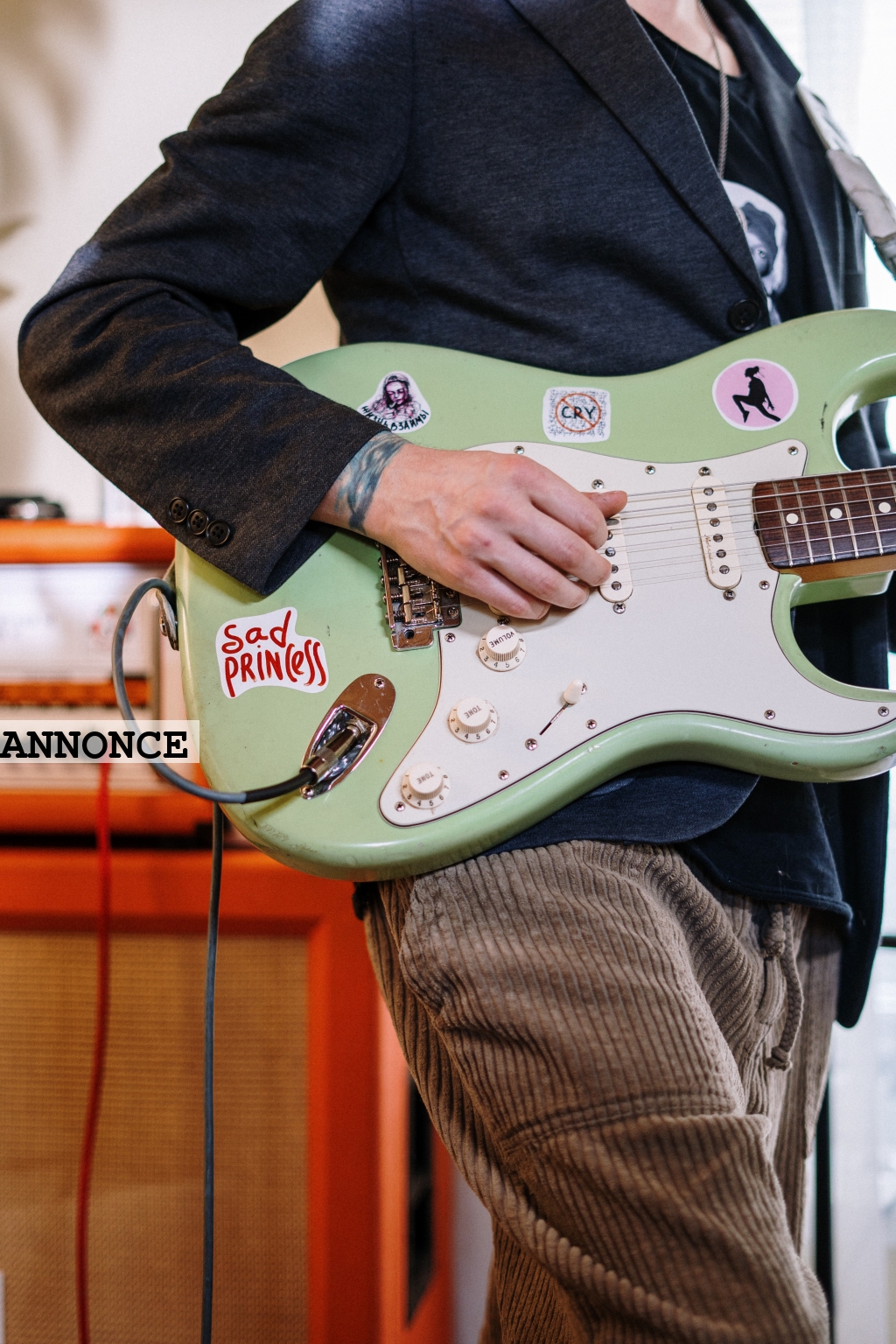The Rubik’s Cube, an iconic 3D puzzle, has fascinated and challenged minds since its invention in 1974. Known for its vibrant colors and seemingly simple goal, the cube offers a unique blend of entertainment and mental exercise. This article explores why Rubik’s Cubes are so captivating, and provides a basic guide on how to solve them.
Why Rubik’s Cubes Captivate Puzzlers
At its core, the Rubik’s Cube is more than just a puzzle; it’s a tool for enhancing cognitive skills such as problem-solving, spatial awareness, and concentration. Engaging with a cube can also relieve stress, making it a popular pastime for all ages. Its universal appeal lies in the thrill of solving a complex problem, where the journey to aligning all colors correctly is both rewarding and exhilarating.
Getting Started with Your First Cube
If you’re new to the world of Rubik’s Cubes, beginning with a classic 3×3 cube is advisable. Initially designed by Erno Rubik, this model provides the perfect balance of challenge and attainability. As you progress, consider exploring other variations, such as the 4×4 or even the daunting 5×5 cube.
Basic Steps to Solve the Rubik’s Cube
Understanding the Cube’s Layout
Before attempting to solve a Rubik’s Cube, familiarize yourself with its structure. Each of the six faces is covered by nine stickers, typically colored red, blue, green, yellow, orange, and white. The center pieces are fixed, dictating the designated color for each face when the cube is solved.
Step-by-Step Solving Guide
To solve the Rubik’s Cube, follow these broad steps:
- White Cross: Start by forming a plus (+) sign aligning the white center with the white edges on the top layer.
- White Corners: Next, place the white corner pieces so that they match with the center colors on the adjacent sides.
- Second Layer: Move the edge pieces of the middle layer into their correct positions, ensuring that the side colors match the center pieces.
- Yellow Cross: Manipulate the cube to form a yellow plus (+) sign on the top face.
- Yellow Corners: Position the yellow corners correctly, aligning them with the corresponding center pieces.
- Final Edges: Finish by positioning the remaining edge pieces, completing the cube.
Many online tutorials and videos are available, and practice is key to mastering the Rubik’s Cube. For comprehensive guides and accessories, consider visiting Master Cube Store.
Why Solving Rubik’s Cube is Rewarding
Solving a Rubik’s Cube is immensely satisfying. It not only demonstrates cognitive achievement but also offers a sense of personal accomplishment. Competitive speedcubing, where enthusiasts compete to solve the cube the fastest, adds an exciting dimension to this intellectual pursuit.
Whether as a hobby or a competitive challenge, the Rubik’s Cube remains a fascinating and enjoyable activity. Its ability to engage and captivate people makes it more than just a toy—it’s a gateway to developing valuable skills while having fun.
Start your journey with a Rubik’s Cube today and discover the joyful complexity of this timeless puzzle!









